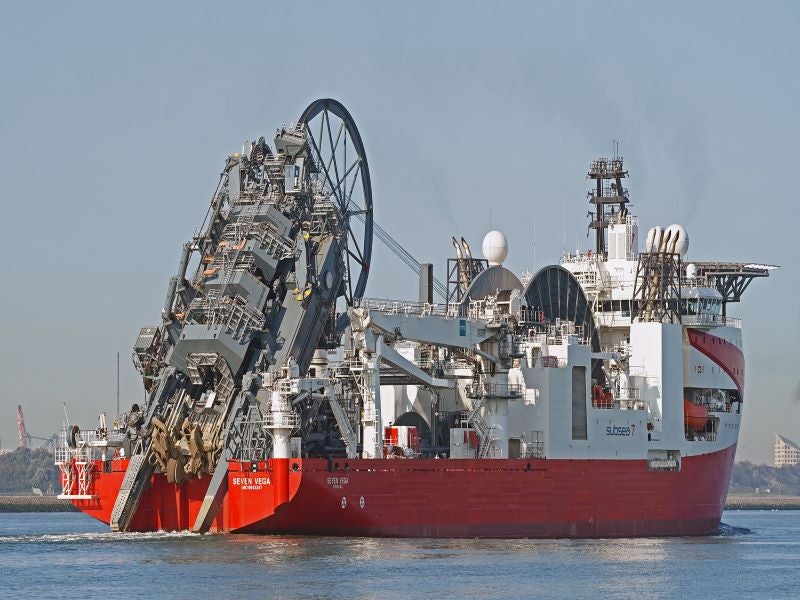The Manuel deepwater oil project, a subsea tieback to the existing Na Kika floating production system in the Mississippi Canyon, Gulf of Mexico, US came on stream in June 2021.
BP holds a 50% interest and is the operator of the Manuel project, while the remaining 50% interest is held by Shell Offshore, a subsidiary of Royal Dutch Shell.
The Manuel oil project was sanctioned by development partners in 2018. It was one of the five major projects by BP scheduled for start-up in 2021.
Location and reservoir details
The Manuel oil project is located in the Mississippi Canyon block 520, approximately 105km away from Plaquemines Parish, Louisiana, US. The water depth in the field area is approximately 2,000m.
Discovered in 2018, the Manuel field contains oil in Miocene sandstone reservoirs. The peak annual production from the subsea project is expected to be approximately 20,000 barrels of oil equivalent a day (boed).
Manuel project development
The initial development of the Manuel subsea project involved the drilling of two production wells, the installation of the associated subsea infrastructure, and the tie-back to the existing Na Kika floating production system. The wells are connected to the Na Kika platform through an electrical heat traced pipe-in-pipe flowline and a riser.
The other subsea infrastructure for the project includes two well jumpers, one flowline jumper, one pipeline end manifold (PLEM), two pipeline end terminals (PLET), and an inline power inlet system (ILPIS).
A 9.2km-long, 8in/12.75in-diameter EHTF pipe-in-pipe flowline was laid from the PLEM to the ILPIS near the Na Kika platform.
A 7.38km-long, 9in-diameter electrical/hydraulic power umbilical from the Na Kika facility to the ILPIS provides electricity to heat the flowline.
An 18.2km-long, 5in-diameter static infield umbilical was laid from the Ariel drill centre, located in Mississippi Canyon Block 429, to the umbilical termination assembly (UTA) near the Manuel PLEM. The umbilical supplies power, chemicals, and hydraulics for the Manuel drill centre.
Na Kika platform
The Na Kika is a semi-submersible production platform located in Mississippi Canyon Block 474, approximately 225km southeast of New Orleans. The platform situated in 1,800m-deep waters commenced operations in 2003.
BP is also the operator of the Na Kika field holding a 50% interest, while the remaining 50% interest is held by Shell.
Multiple subsea fields are tied back to the Na Kika platform, which has a capacity to produce up to 130,000 barrels of oil and 550 million cubic feet (mcf) of natural gas a day.
Located to the southeast of the Na Kika platform, the Manuel oil project is anticipated to extend the operational life of Na Kika platform.
Contracts awarded
Subsea 7 was awarded the subsea umbilicals, risers, and flowlines (SURF) contract worth up to £118.5m ($150m) for the Manuel oil project in December 2018.
The scope of the contract included the front-end engineering and design (FEED), as well as the engineering, procurement, construction, and installation (EPCI) of an electrical heat traced flowline (EHTF), a steel catenary riser, and all associated subsea structures.
Subsea Integration Alliance (SIA), a partnership between Subsea 7, OneSubsea, and Schlumberger, executed the project.
Subsea 7’s new pipe-lay vessel Seven Vega that can lay both rigid and flexible pipelines was deployed for the Manuel project in December 2020.
The EHTF pipe-in-pipe flowline for the project was supplied by Subsea 7’s Vigra spoolbase in Norway.
GW Integrated Solutions (GWIS), a joint venture between WorleyParsons (50%) and Grand Isle Shipyard (GIS) (50%), provided brownfield engineering, procurement, and construction (EPC) services for facility modifications and turnarounds across BP-operated assets in the Gulf of Mexico, under a five-year master services agreement signed in February 2017.





